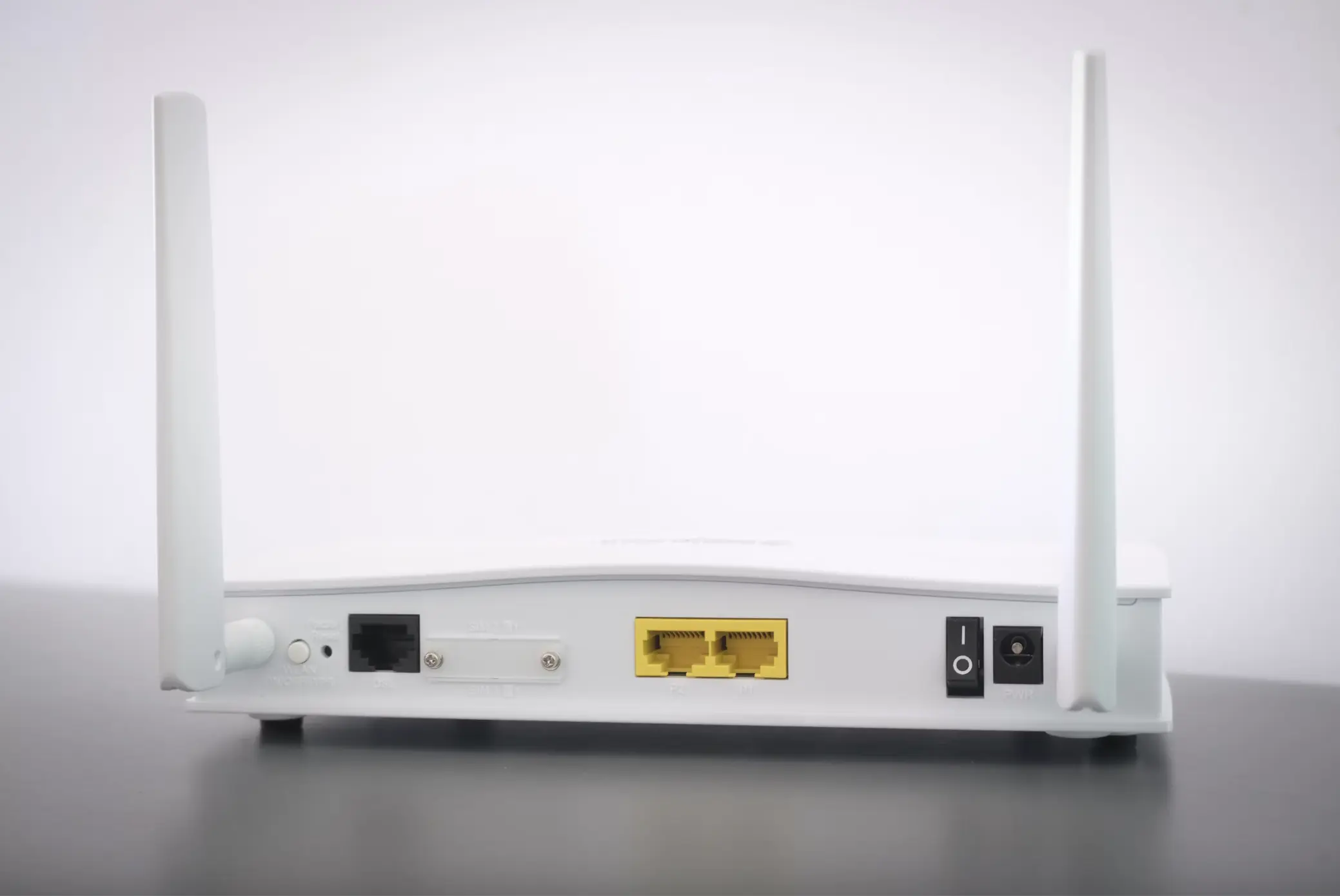A broadband connection is a high-speed internet connection that allows for faster transmission of data compared to traditional dial-up connections. Broadband connections can be delivered through various technologies such as digital subscriber lines, cable modems, fibre optics, satellite, and wireless, such as 4G and 5G.
 If needed, you can relocate your broadband connection within your home by moving the modem or router to a new location and connecting it to the telephone or cable socket where the service enters your premises.
If needed, you can relocate your broadband connection within your home by moving the modem or router to a new location and connecting it to the telephone or cable socket where the service enters your premises.
Despite this, you will need to ensure proper setup to maintain signal strength and quality throughout your home. This blog explores broadband connections in further detail and how to move your broadband connection if needed.
Impact of Location on Internet Performance
The location of your broadband router significantly impacts internet performance. Placing the router centrally in your home reduces signal interference and ensures better coverage throughout all rooms.
With this in mind, avoiding physical obstacles like walls and floors helps maintain strong signal strength. Elevated positions, away from clutter and electronic devices, improve Wi-Fi coverage and reliability. Optimal router placement enhances download/upload speeds, reduces latency, and enhances the overall stability of your internet connection.
Regularly testing and adjusting the router’s location can help optimise internet performance for seamless online activities across all devices in your home.
It should be added that the location of your router is not the only thing that can impact your broadband performance.
A VPN can enhance your broadband connection by bypassing geographic restrictions and censorship, allowing access to content and services that may be blocked in your region. A VPN is worth it because it can improve online security by masking your IP address, making it harder for hackers to trace your online activities.
Factors Influencing Broadband Mobility
Several factors influence the mobility of broadband within a home. The proximity to the telephone or cable socket where the broadband service enters plays a crucial role in signal strength and stability. The type of broadband technology used, such as DSL, cable, fibre optics, or wireless, also impacts mobility.
On top of this, the layout and construction of the home affect signal propagation, with obstacles like walls and floors potentially weakening signals. Interference from other electronic devices and environmental factors like electrical wiring and nearby structures can further influence the quality and range of broadband connectivity throughout different areas of the home.
Steps to Relocating Your Broadband Connection
Relocating your broadband connection will involve a few simple steps. First, identify a new location near the telephone or cable socket where the broadband enters your home. Power down your modem/router and disconnect all cables.
 Then, move the equipment to the new location and reconnect it to the socket and power supply. You will need to ensure all cables are securely connected. Power on the modem/router and allow time for it to establish a connection. Next, test the broadband connection in the new location to ensure signal strength and stability, adjusting placement if needed for optimal performance throughout your home.
Then, move the equipment to the new location and reconnect it to the socket and power supply. You will need to ensure all cables are securely connected. Power on the modem/router and allow time for it to establish a connection. Next, test the broadband connection in the new location to ensure signal strength and stability, adjusting placement if needed for optimal performance throughout your home.



